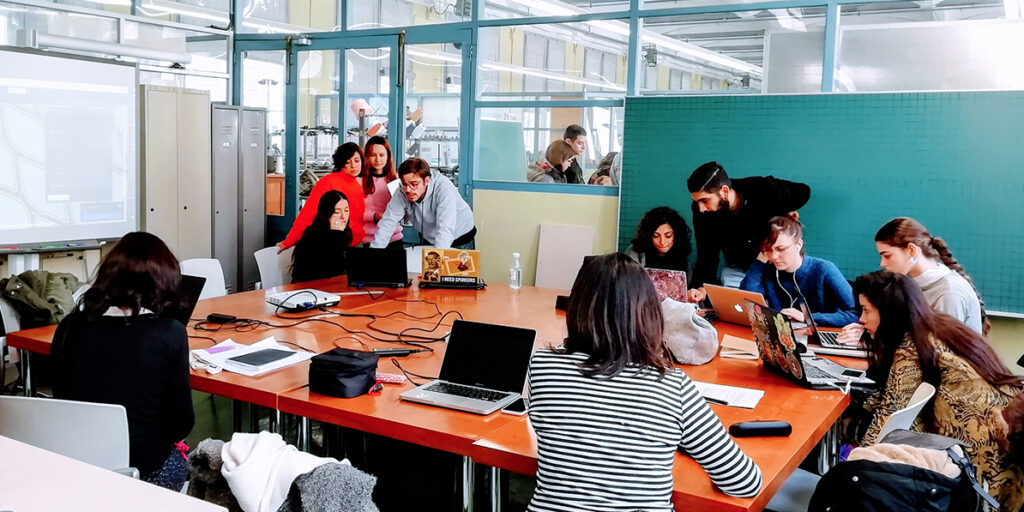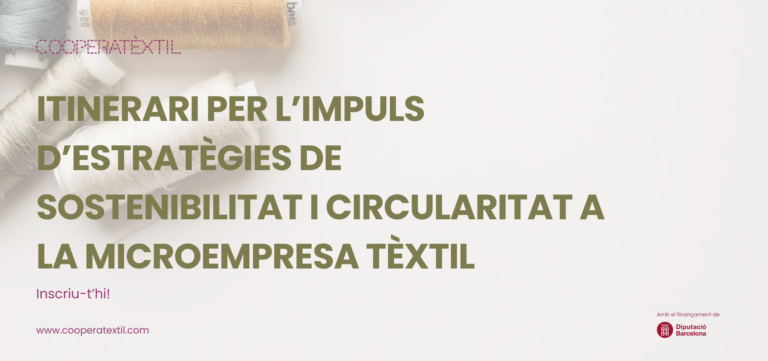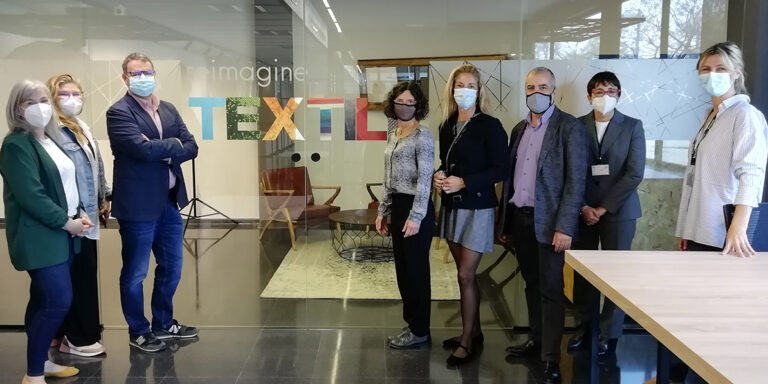Participate in the survey “How do you imagine the CRTTT in 2025?”, a project for the future
08 de September de 2021
The project for the future of Eurecat CRTTT depends on consolidating the center as a pole of attraction for innovative textile companies. We are committed to an ambitious project that adds value to companies in the sector and to the country, and to formulate it we are preparing a strategic plan with different actions to be carried out in the near future.

As the main agent of the textile value chain, we want to share the results of the work session “How do you imagine the CRTTT in 2025” where we worked together to develop future proposals for the Research Center and Textile Technology Transfer (CRTTT- School of Textiles – Eurecat Canet).
From the Reimagine Textile project we have worked to present in a very direct and visual way the conclusions of the work session “How do you imagine the CRTTT in the year 2025” in groups, identifying and grouping the proposals that had the most interest in the global of companies and organizations that actively participated and detailing content, services and impacts in the field of the business fabric, citizenship and territory.
Check out the results report below:
Check the results report
On the other hand, we invite you to participate in a quick questionnaire that will allow us to validate the conclusions presented, confirming your position if you actively participated in the joint work session or expressing your opinion if you did not have the opportunity to participate.
Fill in the questionnaire now
About the CRTTT-EURECAT: Research Center for Textile Technology of Canet de Mar
The Textile Technology Research and Transfer Center (CRTTT) is part of the functional fabrics department and its main activity is research and training in highly specialized technical textiles. A team of engineers and technicians develops applied research projects based on a broad and deep knowledge of textile technology and extensive experience in training and advising companies. CRTTT, in collaboration with Eurecat, develops textile solutions for sectors such as: automotive, aerospace, industrial, medical or fashion, among others.
Since 1933, its textile testing laboratory has offered a wide range of tests on fibers and yarns, on fabrics, on ennoblement and solidity, and also on PPE for medical use.
Related news
-
14/04/2025
Application for participation in the itinerary for the promotion of sustainability and circularity strategies aimed at textile manufacturing micro-enterprises
Read more -
10/04/2025
Cybersecurity: A Strategic Key in Business Digitalization
Read more -
08/09/2021
Eurecat and Tecnocampus receive a visit from the driving committee of the Circular Economy Hotspot Catalonia
Read more



